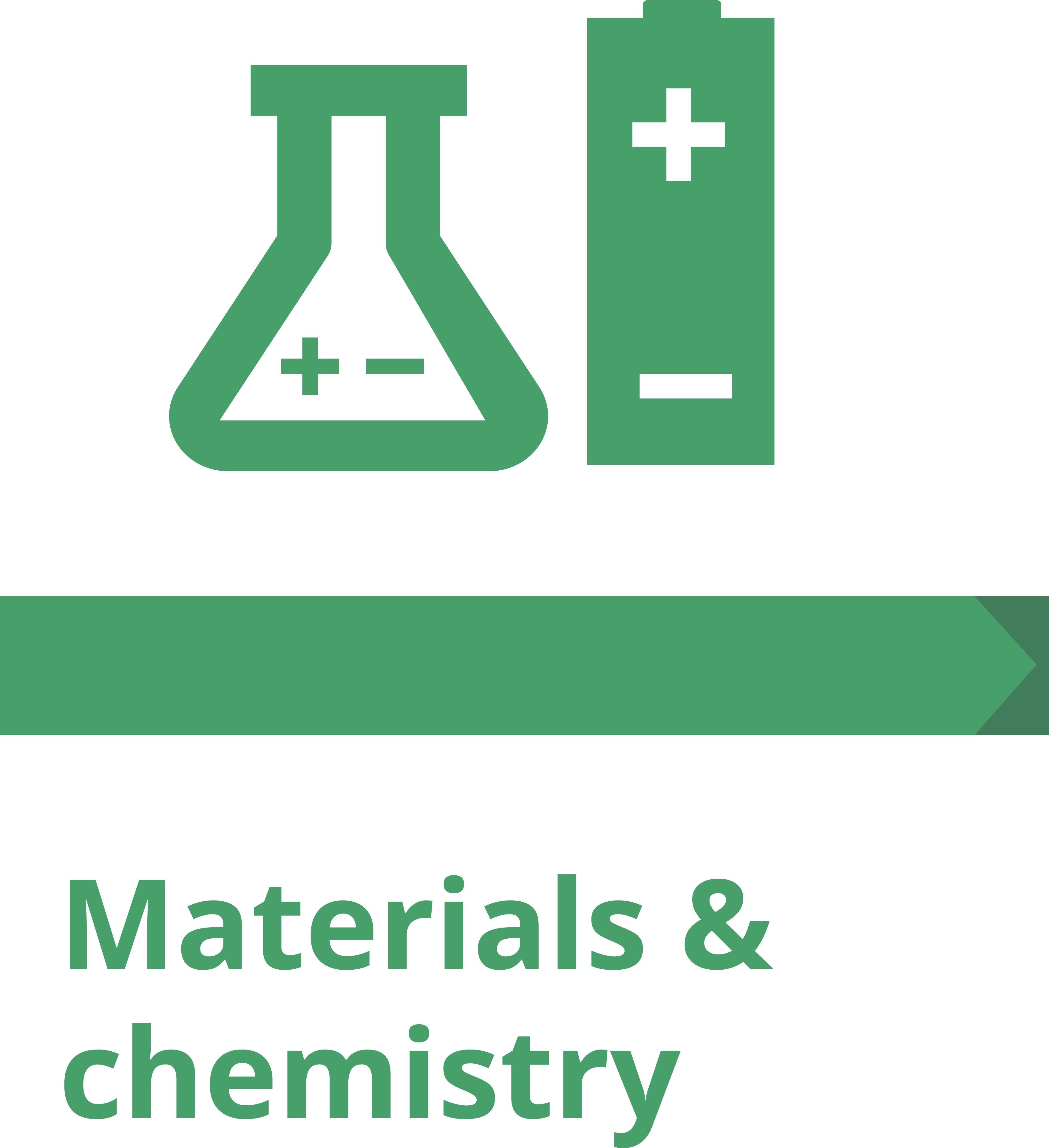FME Battery - Materials and Chemistry
Materials and Chemistry
As the global battery industry diversifies beyond lithium, exploring sodium- and potassium-ion technologies becomes essential to ensure Norway’s battery industry is prepared for future resource availability, sustainability demands, and emerging market opportunities.
The inherent characteristic of Na- and K-ion batteries is that their performance strongly depends on the stability and compatibility of electrode and electrolyte materials, influencing energy density, lifetime, and safety. Compared to Li-ion systems, larger ionic radii and distinct redox chemistries pose challenges for achieving high capacity, fast kinetics, and stable interfaces. These factors often lead to reduced cycle life, dendrite formation, or limited voltage windows, hindering large-scale deployment.
To address this, we will:
- Explore material innovations for both electrodes and electrolytes, spanning conventional and solid-state designs
- Combine advanced synthesis and processing strategies with in-depth structural, electrochemical, and interfacial characterization to identify degradation mechanisms and pathways for performance improvement
- Use multimodal characterization approaches and modelling, to track ion transport, interface evolution, and structural transformations during operation
By coupling these insights with materials development, we aim to design optimized electrodes and stable solid or liquid electrolytes, enabling long-lived and efficient Na- and K-ion batteries. This integrated approach will clarify the role of tailored materials and interfaces in next-generation battery systems, ensuring performance, safety, and scalability.

